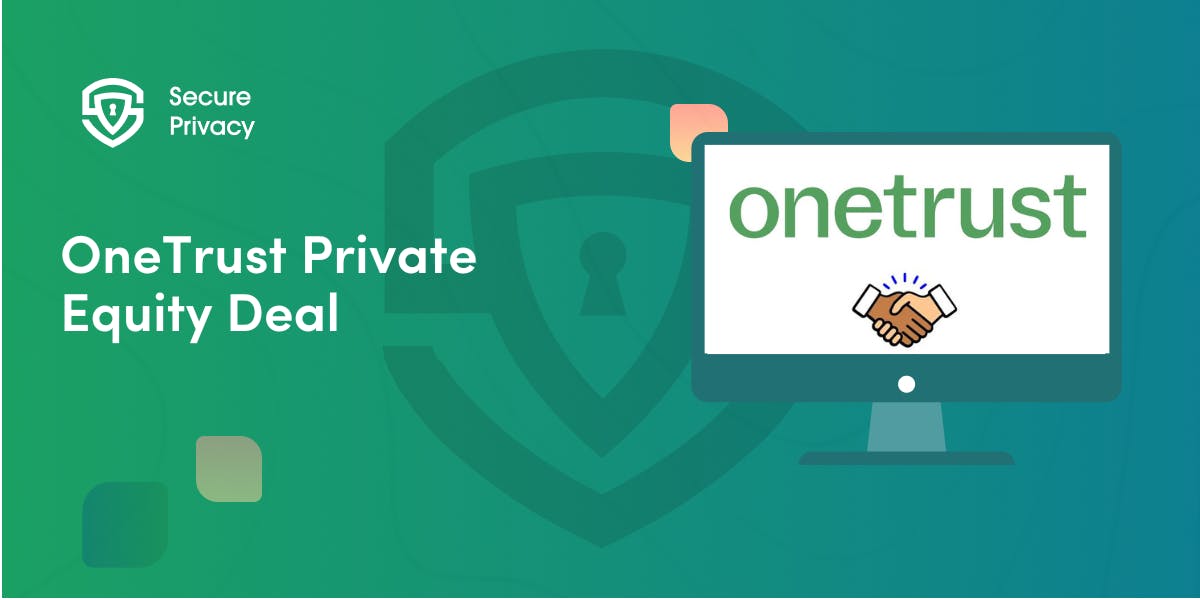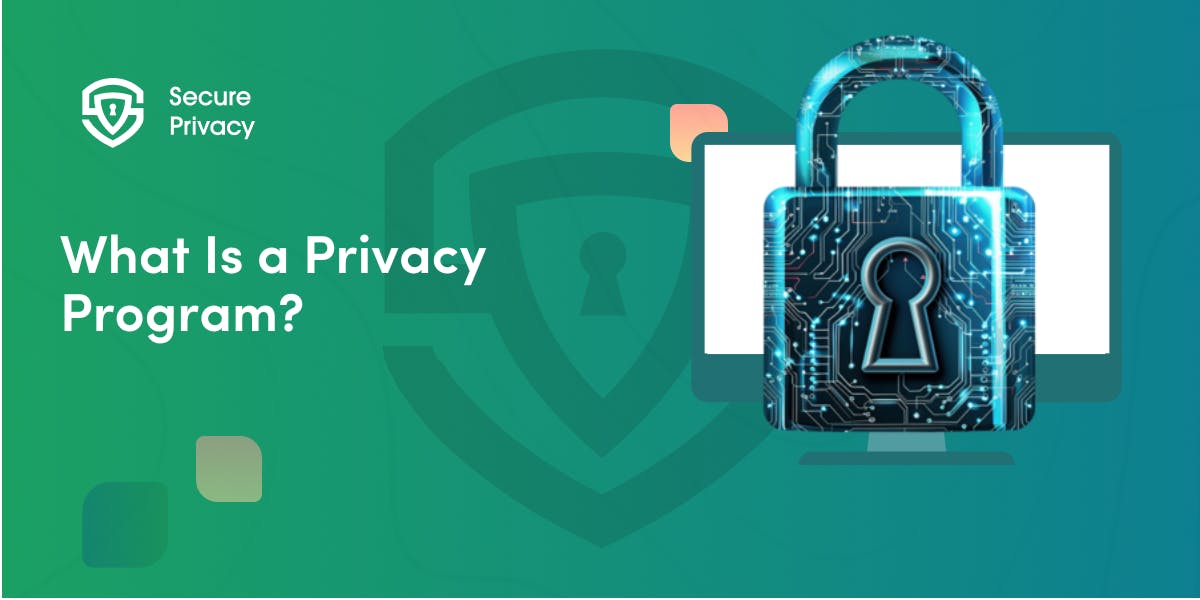The Art of Digital Armor: Mastering GDPR Encryption for Modern Business
Protect your business data and stay GDPR-compliant with encryption. Learn how to secure sensitive information, manage encryption keys, and implement best practices to prevent data breaches.
Want to keep your business data safe and stay on the right side of privacy laws? GDPR encryption is your new best friend. In this guide, we'll break down everything you need to know about encryption under GDPR - and we promise to keep it simple!
What Is GDPR Encryption and Why Should You Care?
Imagine you're sending a secret message that only the intended recipient can read. That's essentially what encryption does, but on a much more sophisticated level. GDPR encryption transforms readable data (like customer names, addresses, or financial information) into a scrambled format that's meaningless without the proper decryption key.
Why is this important? Because in our interconnected world, data breaches happen daily. When your data is properly encrypted, even if someone manages to get their hands on it, they won't be able to read or use it. Think of it as having an invisible ink message that only becomes visible with a special light that you control.
The Basics of GDPR Encryption Requirements
While GDPR doesn't explicitly mandate encryption, it's considered one of the most effective ways to protect personal data. The regulation talks about implementing "appropriate technical and organizational measures" to ensure data security. Here's what that means in practical terms:
Risk Assessment
- Evaluate what types of personal data you handle
- Consider how sensitive this information is
- Assess what damage could occur if this data was compromised
- Determine the likelihood of different types of security breaches
Security Measures
- Choose security measures that match your risk level
- Consider your business size and resources
- Factor in the current state of technology
- Balance security needs with practical implementation costs
Practical Steps to Implement GDPR Encryption
1. Know Your Data
This step involves creating a comprehensive data inventory:
- List all the personal data you collect
- Document where this data is stored
- Track how data moves through your organization
- Identify who has access to different types of data
- Note how long you keep different types of information
2. Choose the Right Tools
Selecting encryption tools requires careful consideration of several factors:
Data at Rest (Stored Data)
- Full disk encryption for computers and servers
- Database encryption for sensitive information
- File-level encryption for important documents
Data in Transit
- SSL/TLS encryption for websites
- Secure email systems
- Encrypted file transfer protocols
- VPN solutions for remote access
Mobile Security
- Mobile device management solutions
- App-level encryption
- Secure containers for business data
3. Create Clear Policies
Your encryption policies should cover:
- Which types of data must be encrypted
- When encryption should be used
- Approved encryption methods and tools
- Key management procedures
- Incident response plans
- Regular security reviews and updates
4. Train Your Team
The best encryption tools in the world won't help if your team doesn't know how to use them. A comprehensive training program should cover multiple aspects:
Basic Security Awareness
- What personal data looks like and why it needs protection
- Common security threats and how to avoid them
- Basic principles of data protection
- Signs of potential security breaches
Practical Skills
- How to use encryption tools correctly
- Steps for securing devices and communications
- Proper handling of sensitive information
- Password and key management best practices
Emergency Procedures
- What to do if a device is lost or stolen
- How to report security incidents
- Steps to take if unauthorized access is suspected
- Data breach response procedures
Common Challenges with GDPR Encryption (And How to Handle Them)
Speed vs. Security Trade-offs
Performance impacts can be a real concern, but there are ways to minimize them:
Smart Implementation
- Use hardware-accelerated encryption where possible
- Implement caching strategies effectively
- Choose encryption methods based on data sensitivity
- Optimize encryption processes for your specific needs
Resource Management
- Balance system resources appropriately
- Schedule intensive encryption tasks during off-peak hours
- Monitor system performance regularly
- Upgrade hardware if necessary
Managing Encryption Keys
Key management is crucial for effective encryption. Here's a detailed approach:
Key Creation and Storage
- Use strong random number generators for key creation
- Implement secure key storage solutions
- Maintain backup copies of keys securely
- Use hardware security modules when possible
Access Control
- Limit key access to essential personnel
- Implement multi-factor authentication
- Log all key usage and access attempts
- Regular review of access permissions
Working with Legacy Systems
Dealing with older systems requires careful planning:
Short-term Solutions
- Implement additional security layers
- Use gateway encryption solutions
- Segment networks to isolate vulnerable systems
- Increase monitoring of legacy systems
Long-term Planning
- Create a system upgrade roadmap
- Budget for necessary replacements
- Plan data migration strategies
- Test new systems thoroughly before deployment
The Benefits Make It Worth It
Enhanced Security
- Protection against unauthorized access
- Defense against data breaches
- Secure remote work capabilities
- Protected customer information
Business Advantages
- Improved customer trust and loyalty
- Reduced risk of financial penalties
- Enhanced reputation in the market
- Competitive advantage in security-conscious markets
Operational Improvements
- Better data organization
- Clearer security procedures
- Improved incident response capabilities
- More efficient data management
Quick Tips for Success
Getting Started
- Begin with a security audit
- Identify your most critical data
- Start with one department or system
- Build on early successes
Maintaining Security
- Regular security assessments
- Updated training programs
- System performance monitoring
- Periodic policy reviews
Future-Proofing
- Stay informed about security trends
- Plan for technology updates
- Budget for ongoing improvements
- Maintain flexibility in your security approach
Conclusion
Implementing GDPR encryption is a journey, not a destination. It requires ongoing attention and adjustment, but the benefits far outweigh the challenges. By taking a systematic approach and focusing on continuous improvement, any organization can build a robust encryption strategy that protects their data and their business.
Remember that perfect security doesn't exist, but strong encryption is one of your best defenses against data breaches and unauthorized access. Start where you are, use what you have, and improve as you go. Your business and your customers will thank you for it.
The key is to maintain momentum: start with the basics, build on your successes, and keep improving your security measures over time. With proper planning and implementation, GDPR encryption becomes not just a compliance requirement, but a valuable business asset.
Get Started For Free with the
#1 Cookie Consent Platform.
No credit card required

OneTrust Private Equity Deal: What It Means for Privacy Teams in 2026
The privacy technology landscape is undergoing a seismic shift. OneTrust, the Atlanta-based privacy management platform that dominates enterprise compliance, is exploring a private equity transaction that could exceed $10 billion.
- Legal & News
- Cookie Consent

What Is a Privacy Program? Complete Guide for 2026
You're collecting more data than ever. Your marketing team tracks conversions. Your product logs user behavior. Your sales CRM stores customer details. And somewhere in legal, someone's fielding data access requests with a spreadsheet and prayer.
- Legal & News
- Data Protection

Global Cookie Consent Trends 2026: What You Need to Know
Cookie consent will change dramatically by 2026. The European Commission wants to require one-click reject buttons. Regulators worldwide are cracking down on dark patterns. And despite wide adoption, 67% of Consent Mode v2 setups fail to meet compliance standards. These changes are happening right now and impacting how companies collect consent across different regions, platforms, and devices.
- Legal & News
- Data Protection

